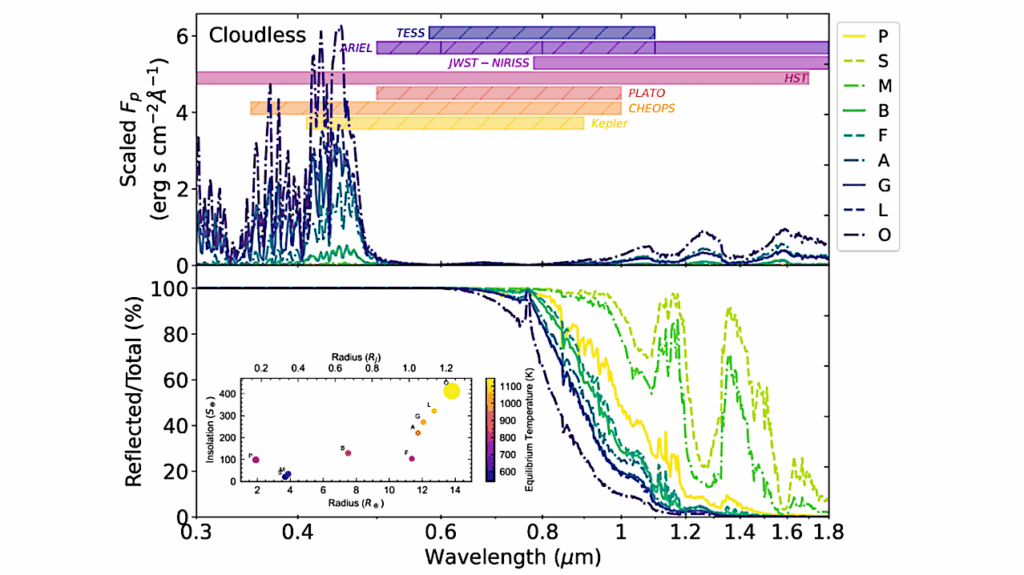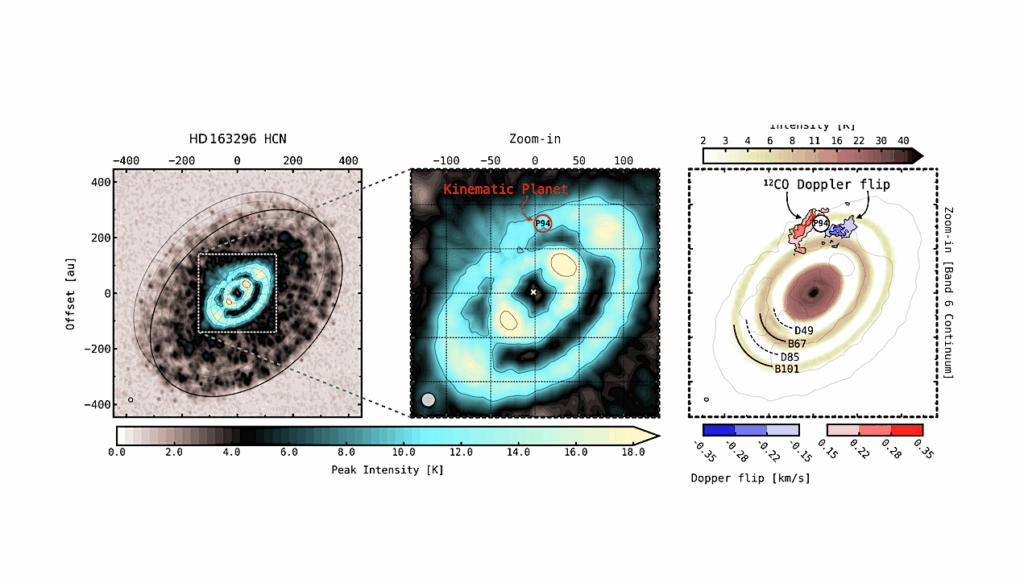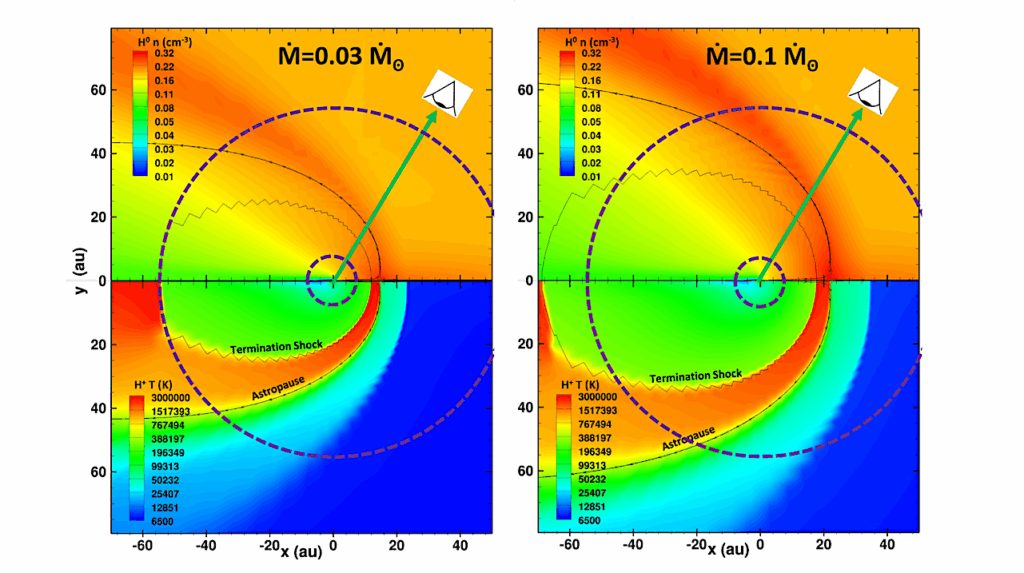Galactic Cosmic Rays on Extrasolar Earth-like Planets: Atmospheric Implications

Theoretical arguments indicate that close-in terrestial exoplanets may have weak magnetic fields. As described in the companion article (Paper I), a weak magnetic field results in a high flux of galactic cosmic rays to the top of the planetary atmosphere.
We investigate effects that may result from a high flux of galactic cosmic rays both throughout the atmosphere and at the planetary surface. Using an air shower approach, we calculate how the atmospheric chemistry and temperature change under the influence of galactic cosmic rays for Earth-like (N_2-O_2 dominated) atmospheres. We evaluate the production and destruction rate of atmospheric biosignature molecules. We derive planetary emission and transmission spectra to study the influence of galactic cosmic rays on biosignature detectability. We then calculate the resulting surface UV flux, the surface particle flux, and the associated equivalent biological dose rates. We find that up to 20% of stratospheric ozone is destroyed by cosmic-ray protons. The reduction of the planetary ozone layer leads to an increase in the weighted surface UV flux by two orders of magnitude under stellar UV flare conditions.
The resulting biological effective dose rate is, however, too low to strongly affect surface life. We also examine the surface particle flux: For a planet with a terrestrial atmosphere, a reduction of the magnetic shielding efficiency can increase the biological radiation dose rate by a factor of two. For a planet with a weaker atmosphere (with a surface pressure of 97.8 hPa), the planetary magnetic field has a much stronger influence on the biological radiation dose, changing it by up to two orders of magnitude.
J.–M. Grießmeier, F. Tabataba-Vakili, A. Stadelmann, J. L. Grenfell, D. Atri
(Submitted on 21 Mar 2016)
Comments: 14 pages, 9 figures, published in A&A
Subjects: Earth and Planetary Astrophysics (astro-ph.EP)
Journal reference: A&A 587, A159 (2016)
DOI: 10.1051/0004-6361/201425452
Cite as: arXiv:1603.06500 [astro-ph.EP] (or arXiv:1603.06500v1 [astro-ph.EP] for this version)
Submission history
From: Jean-Mathias Grießmeier
[v1] Mon, 21 Mar 2016 17:09:48 GMT (182kb,D)
http://arxiv.org/abs/1603.06500








